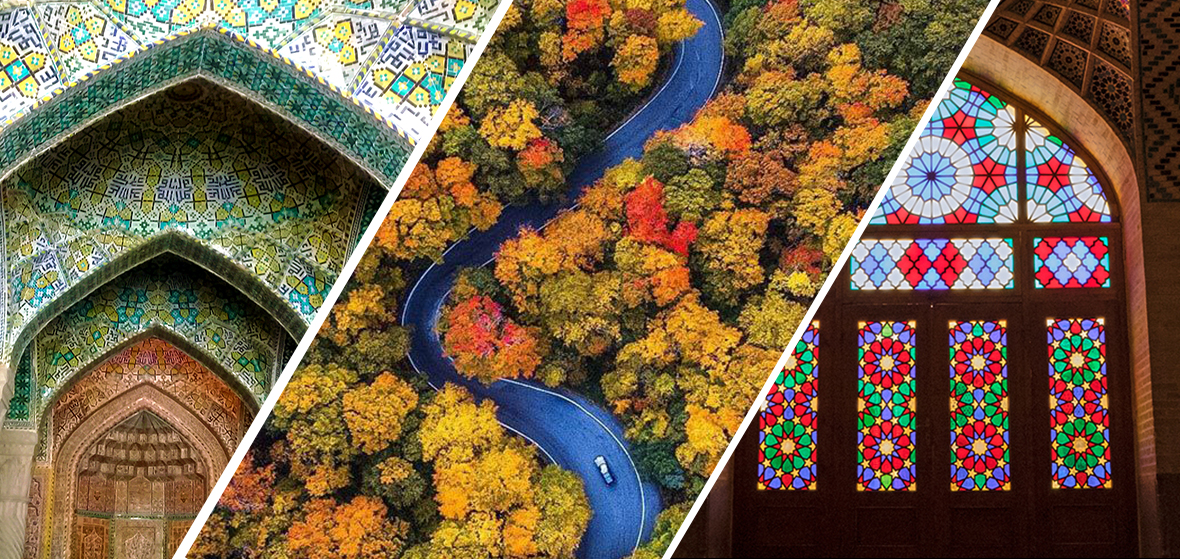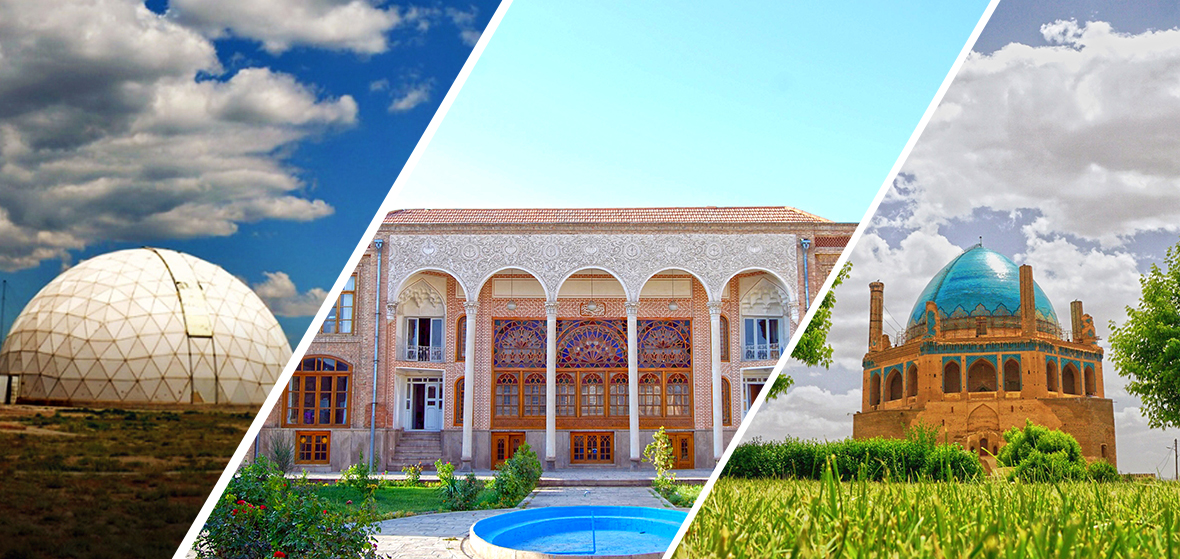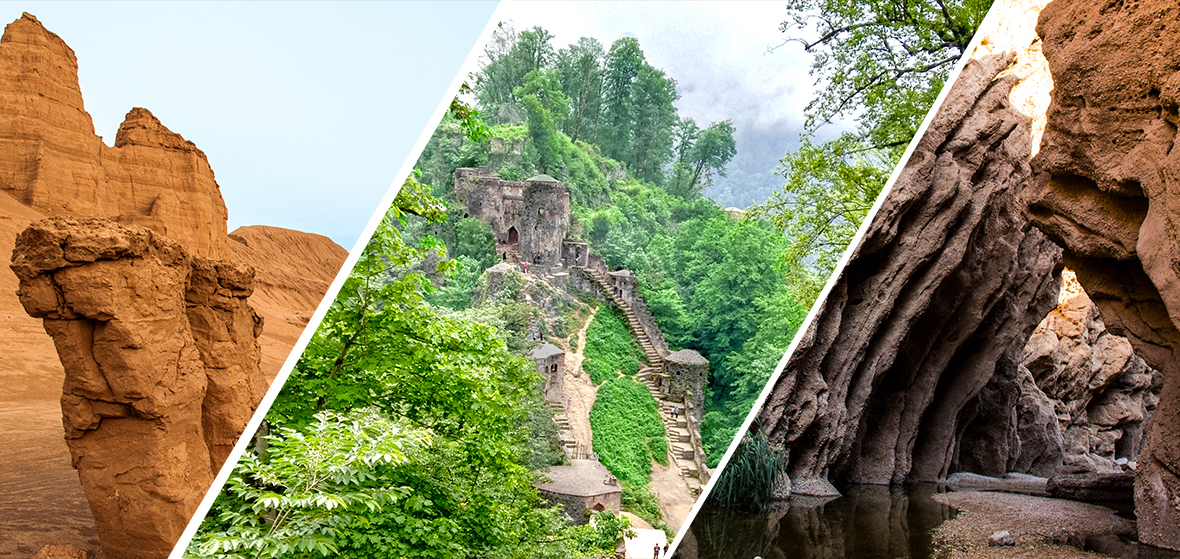Qazvin:
Qazvin is one of the major cities of Iran and is the center of Qazvin province. Qazvin was the capital of Iran in the Safavid era and therefore has many historical sites, monuments and museums. Now one of the oldest streets of Iran, Sepah Street, is located in this city. It is believed by most historians that the city of Qazvin was originally founded by King Shahpour I and was named “Kashvin”. Though archaeological excavations in the area indicate that the beginning of sedentism in Qazvin reaches the 7th millennium BC. Temples, sculptures, grain warehouses, and industrial workshops, as well as residual houses, are indicative of this long-standing civilization. The Caspian region which was formerly prosperous and populated flourished during the Sassanid period. After Islam entered this land in the year 24 AH, the process of urbanization and expansion of residential areas in Qazvin was accelerated and Qazvin was referred to as the “Bab al-Jannat” or “The Gate of Paradise “.
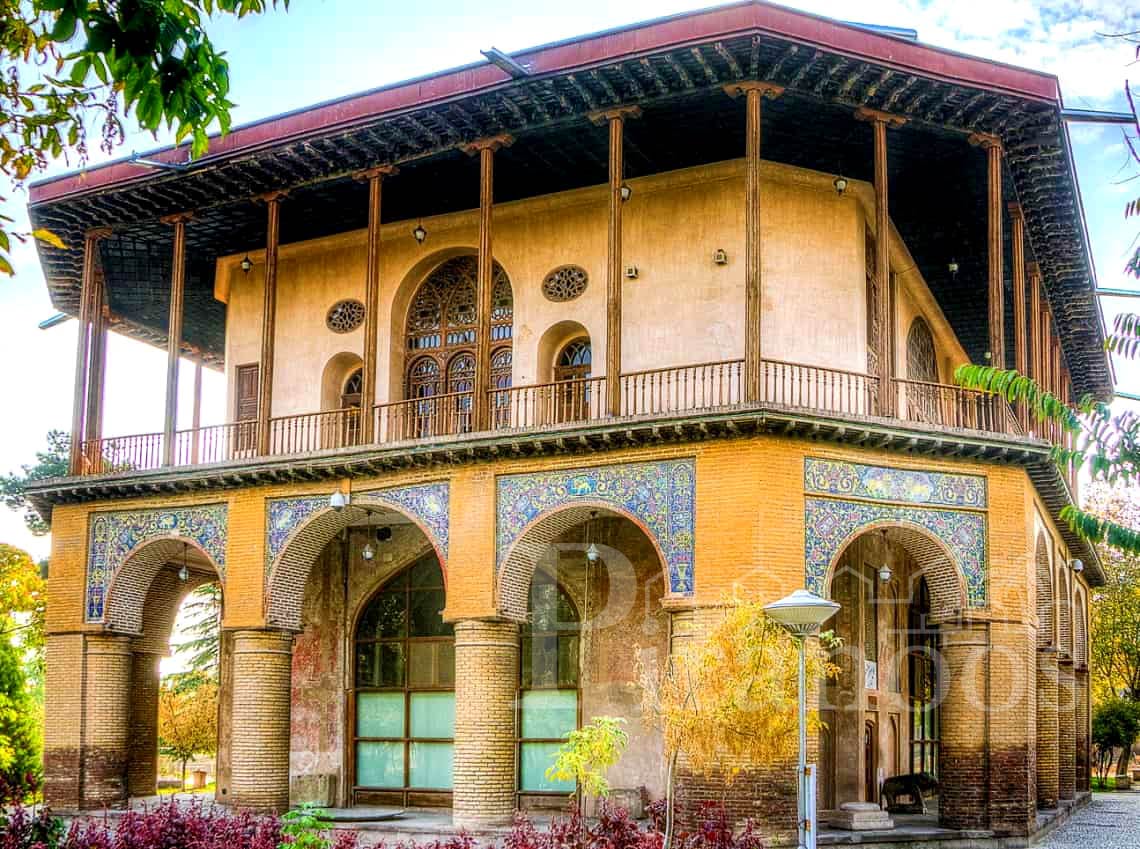
Qazvin is one of the country’s major industrial hubs. It also has large copper, lead, zinc and plaster mines. The beautiful lush city of Qazvin is so attractive that it is the destination of many Iranians and foreign tourists at different times of the year. Qazvin is full of various gardens and therefore has become one of the areas in Iran that has the cleanest air with less pollution. Qazvin is attractive to many tourists because of its historical attractions and surrounding gardens and the transit location as well as its proximity to one of the province’s most unique attractions, the Alamut Castle.
Qazvin has had a great impact on the social culture and prosperity of Iranian literature and history. Great Iranian scholars such as Imam Mohammad Ghazali were from the city of Qazvin. Qazvin is also called the capital of Iranian calligraphy and one of the famous calligraphers who lived in this city is Mir-Emad Qazvini.
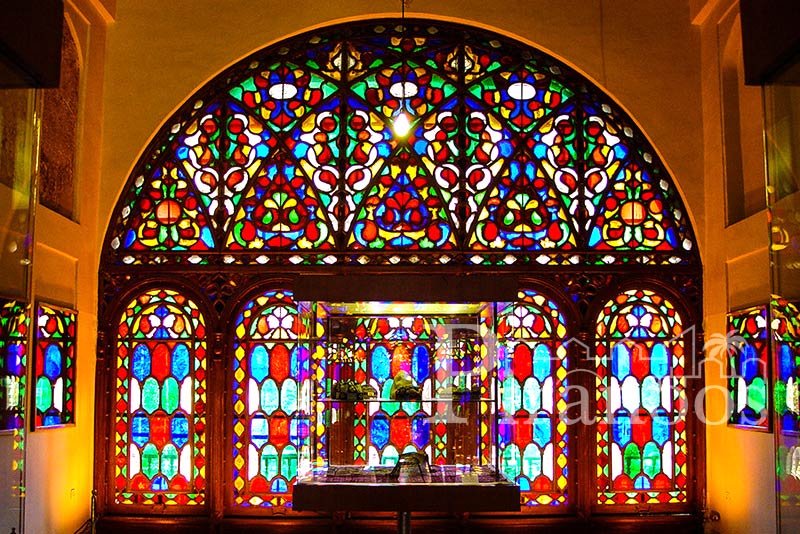
Local foods of Qazvin:
Qazvin has a variety of foods and dishes. Traditional foods and pastries of Qazvin are proper choices for souvenirs too. Foods such as Gheymeh Nesar, Koko Shirin, Shirin Polow, Doy Maj, Ash Doogh Qazvin, Ash Mash Piaz and Broasted Chicken are among the most favorable cuisines of Qazvin.
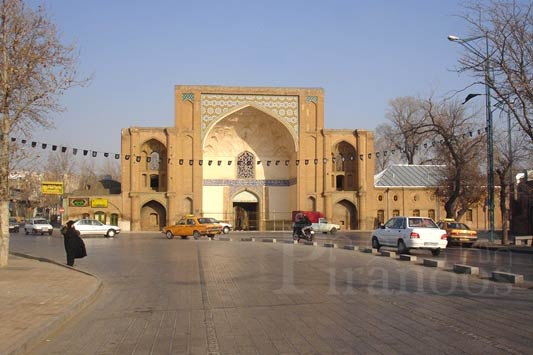
Qazvin Attractions:
The Alamut Castle: A castle in the sky!
Alamut Castle is a historical fort located northeast of Gazarkhan village in Qazvin province. With a height of 2163 meters above sea level and about 400 stone steps, it has only one entrance to its northeast corner. There is also a ditch on the southern slope that blocks any access. The fort is about 120 meters long and 10 to 35 meters wide. As we stand above the fort, about 10 kilometers away is visible. Around this castle is the abyss, in fact, the geography and architecture together making this castle invincible. Alamut Castle has a very exciting history. This ancient castle was known as the home of Hassan Sabah (leader of the Ismaili sect) and is therefore known as the Hassan fortress.
Sepah Street:
Among the attractions of Qazvin is Sepah Street. This street, built during the Safavid period, has seen many historical events and is one of the famous attractions of Qazvin.
The Chehel Sotoun Palace:
Kolah Farangi Mansion, also known as Chehel Sotoun Palace, is another attraction in Qazvin. Its construction dates back to the Safavid period. But more interesting is that this building was actually the headquarters of the government. It has an octagonal building of approximately 500 square meters, built-in two floors on the basis of a Turkish architect’s plan, with small halls and rooms on each floor. The first-floor murals of this amazing mansion are an example of Qazvin’s world-class painting art. The building is now used as a museum.
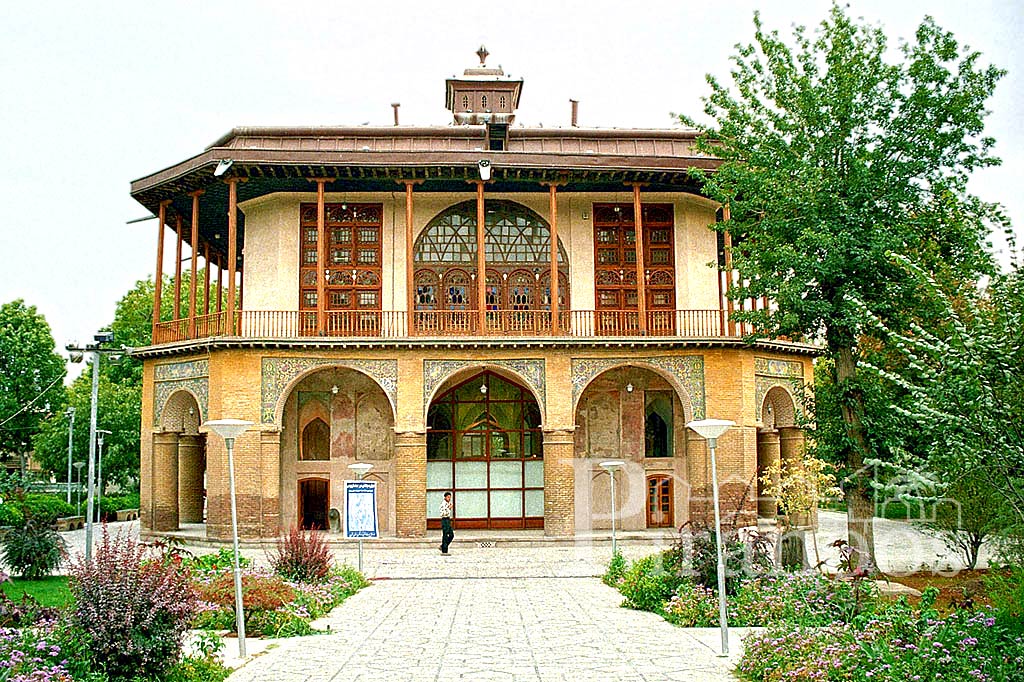
The Qajar Hamam (bathhouse):
The Qazvin Museum of Anthropology, formerly the Qajar Bath, is today one of the attractions of this historic and pleasant city. Shah Abbas, The Great Safavid King, directly ordered the construction of this beautiful bathhouse. It was one of the first baths in Iran to have separate entrances for men and women. At present, the building belongs to Qazvin’s cultural heritage institute, making it a museum for local people and tourists to get to know the culture and history of this ancient city.
The Ab-Anbars of Qazvin:
The city is full of various historical Ab-Anbars. But you should know, however, that Sardar Ab-Anbar is the largest of them all. Most of these Ab-Anbars, such as the Sardar Ab-Anbar, are now available for public visits.
The Jameh Mosque of Qazvin:
One of the oldest mosques in the city, called the Qazvin Mosque, is located on Sepah Street. It also holds the title of the country’s oldest Jameh Mosque. It is said that the mosque was built on an ancient Sassanian fire temple. This mosque is also called the Attiq (old) Mosque.
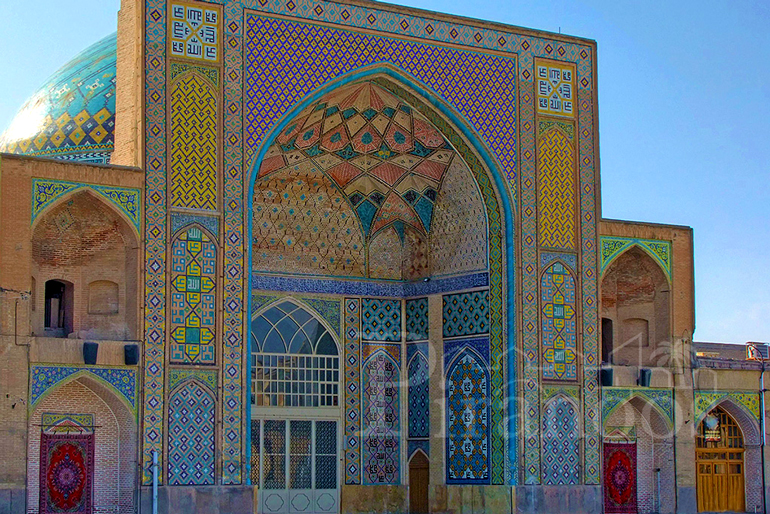
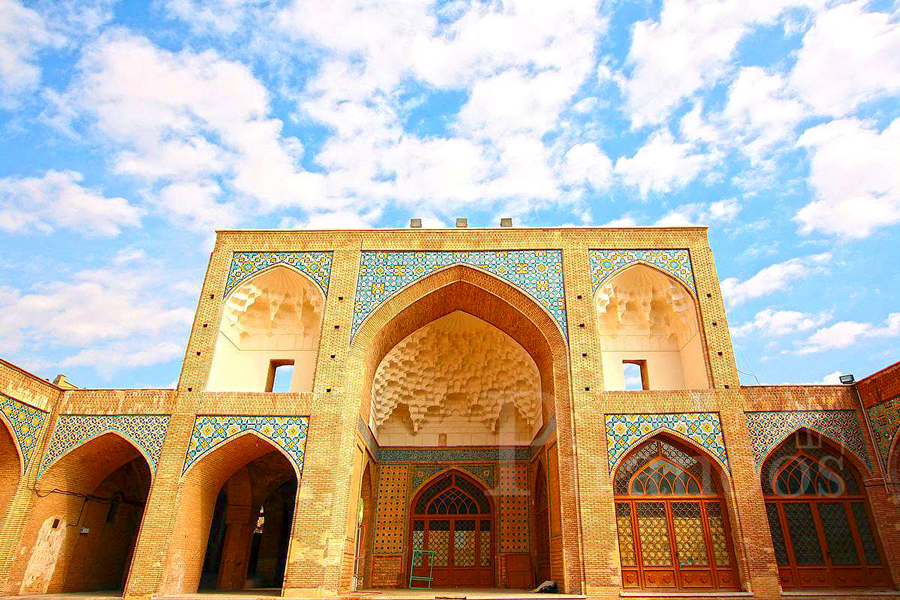
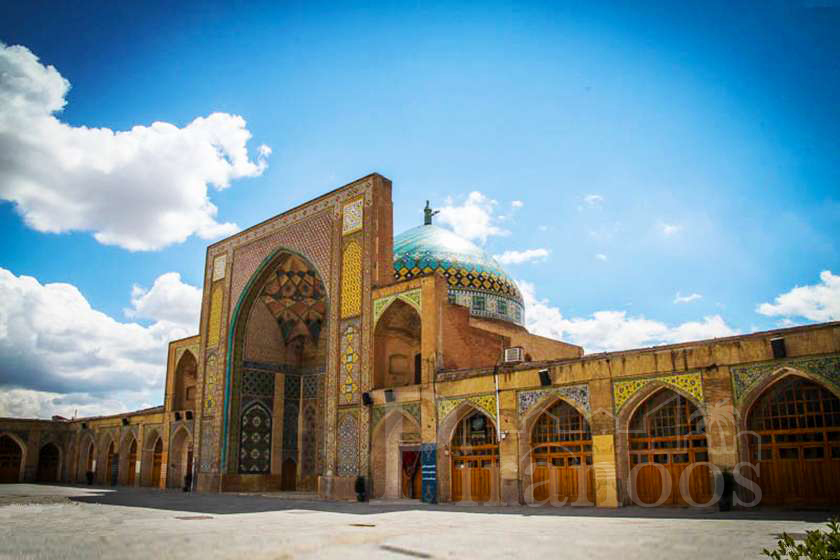
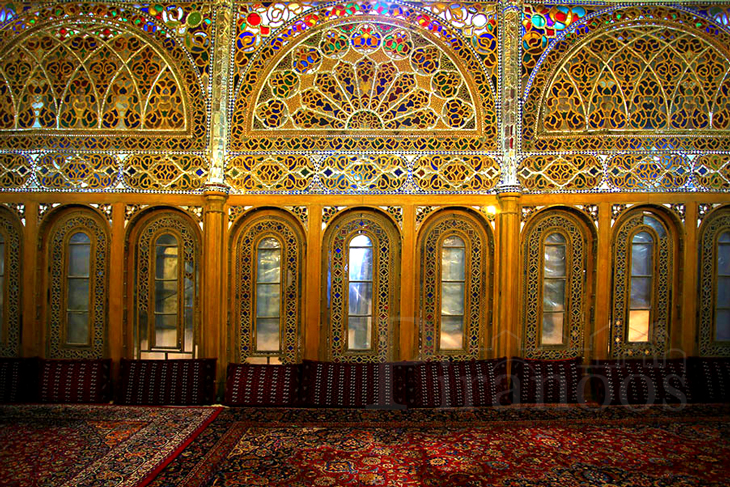
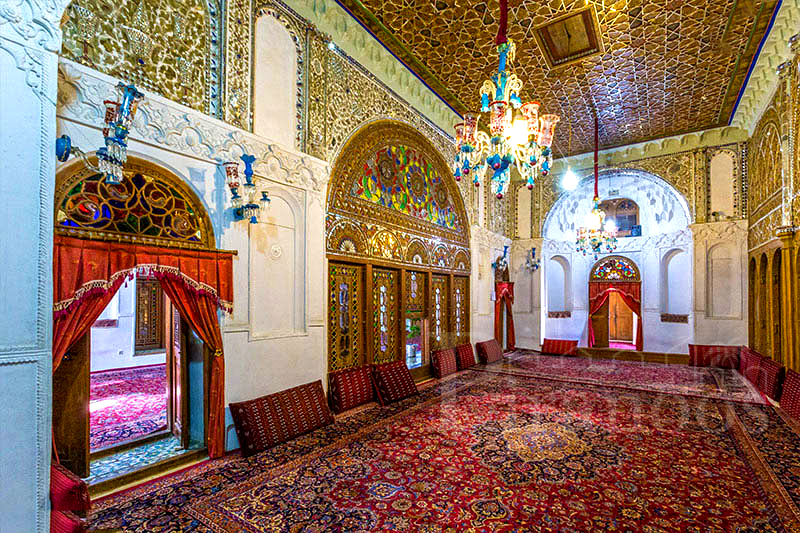
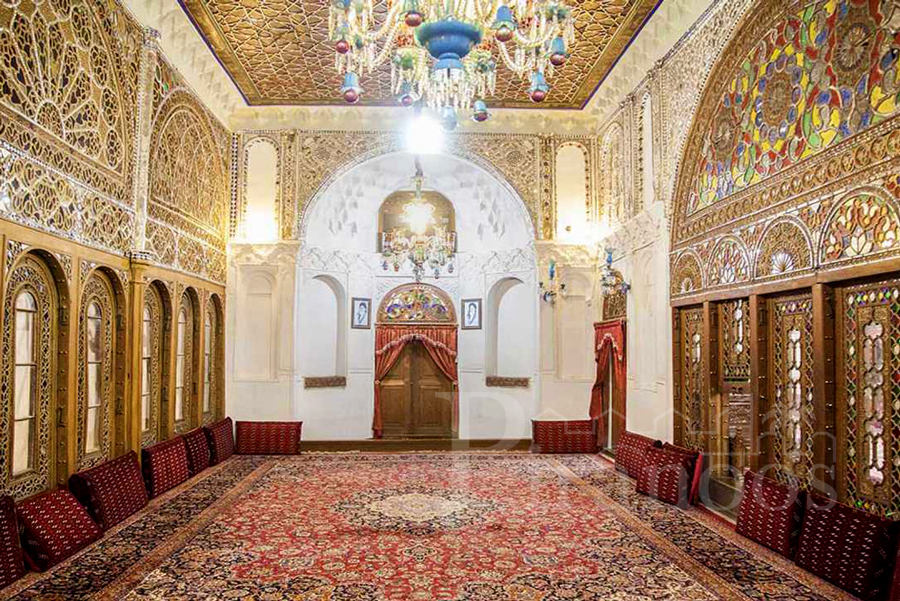
The Ovan Lake:
Situated at the slopes of Khoshchal Mountain in Alamut area, 75 kilometers from Qazvin, is one of the most beautiful natural lakes in Iran. Its spectacular and fascinating views make Ovan Lake one of Iran’s most famous lakes. The lake is over 70,000 square meters and the depth of the lake reaches about 6 meters in the deepest part. The interesting thing about Ovan Lake is that it does not receive water from its external environment and the only sources are the water from rains and springs on the lake floor.
The Pich Ben Countryside:
This relatively high altitude area, about two and a half thousand meters high, lies northeast of Alamut on the famous ” Sehs- Hezar = Three Thousand” road and is one of the most beautiful routes of Qazvin to northern Iran. The lush meadows of this beautiful countryside reach the famous Gardaneh Salaj Anbar about 3,000 meters high which is part of the western Alborz Mountain and is the natural border of Qazvin and Mazandaran provinces.
Qazvin also has several beautiful natural waterfalls such as Ovan waterfall, Asiab rood waterfall, Gama rood waterfall and Varchor waterfall which attracts many tourists and visitors every year.
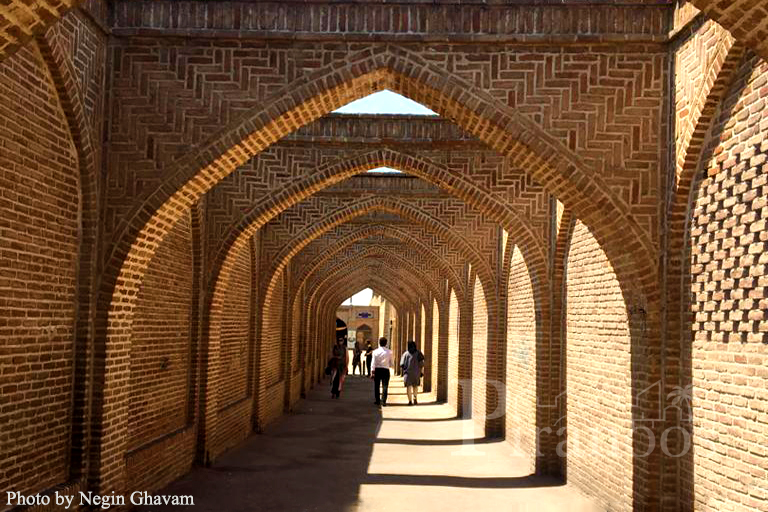
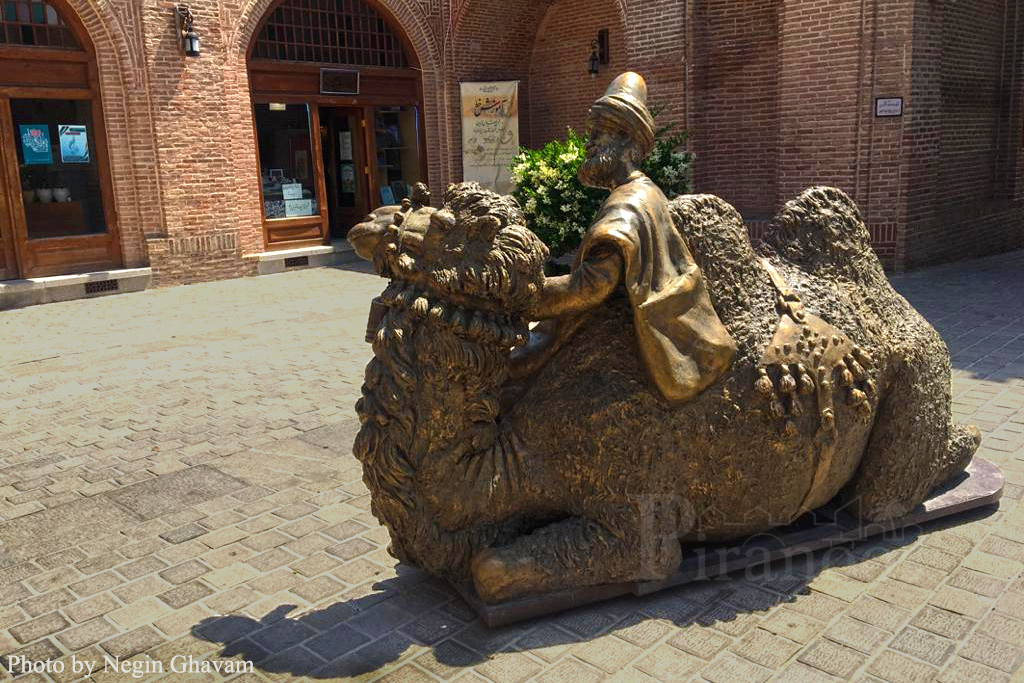
Iran UNESCO Sites in 40 Days

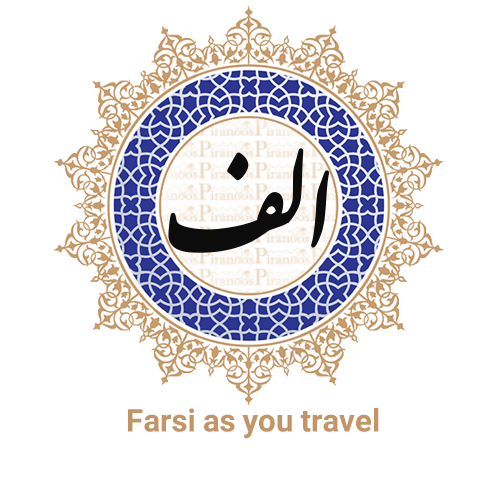
Tabriz to Tehran


Forty Days & Nights


